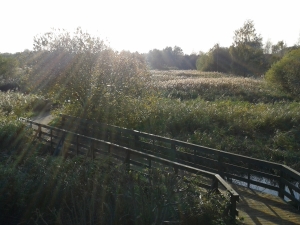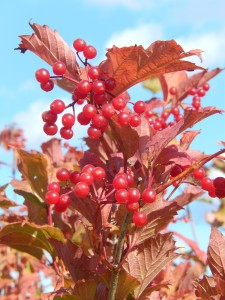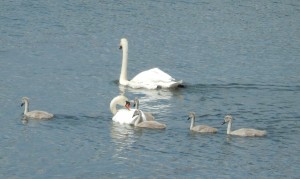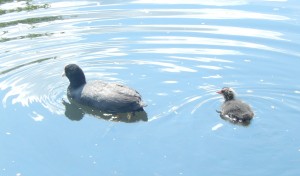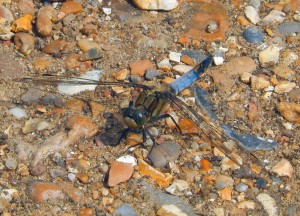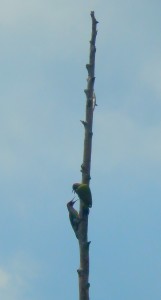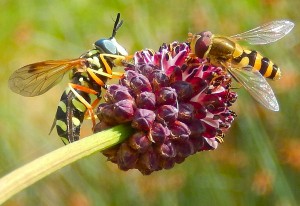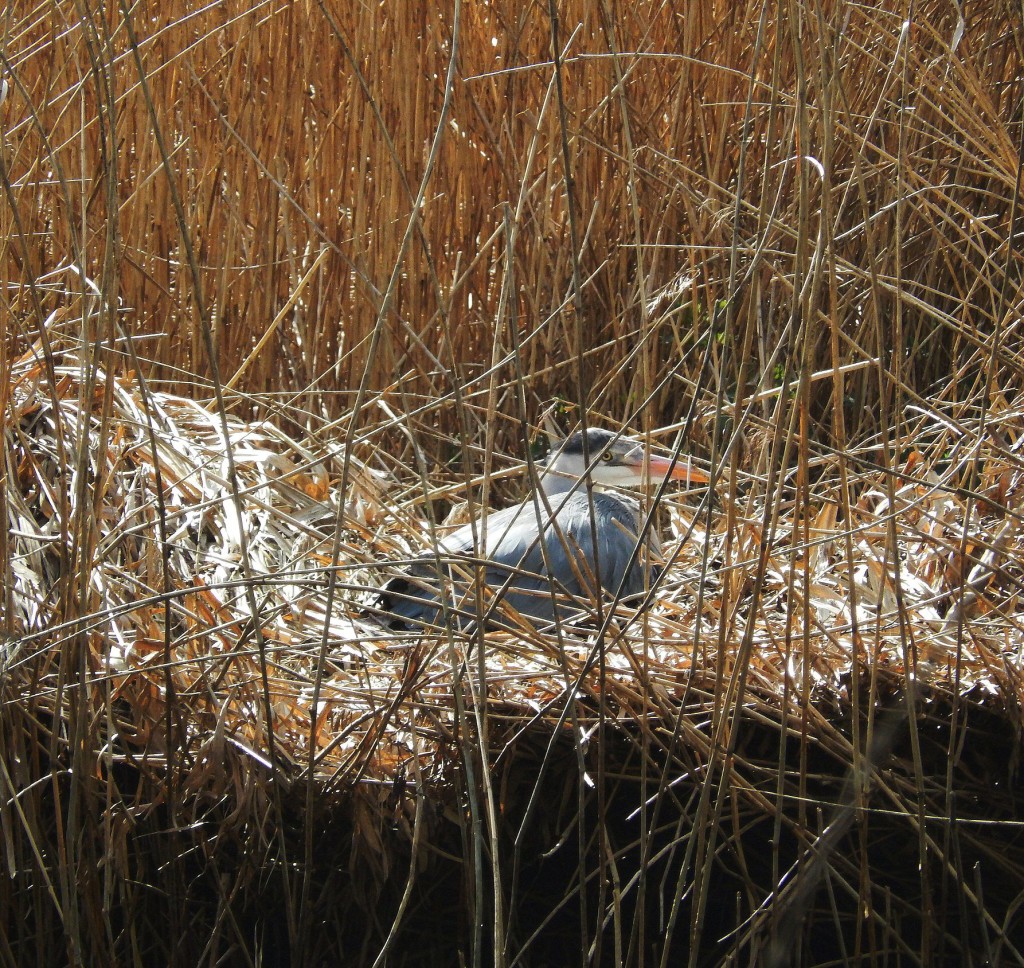
Spring is full of surprises, and this Heron, nesting not in a colony up in the trees, but all alone in an abandoned Swan’s nest in a reedbed, is certainly one of them. The London Wetland Centre this morning also boasted a mass of Blackcaps in the “Wildside” woodland, with at least three males and a female actually in sight at once, along with an obliging Chiffchaff giving me an excellent view, and a characteristically invisible Cetti’s Warbler, shouting out its amazingly loud call. The Silver Birches were in wonderfully fresh green leaf, their bark crisply white against the clear blue of the sky.
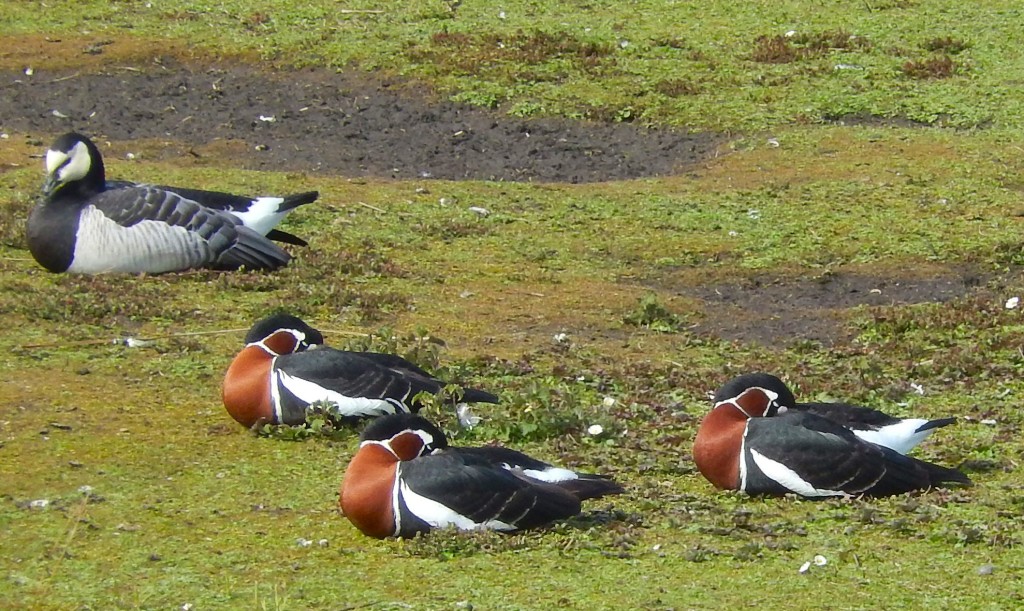
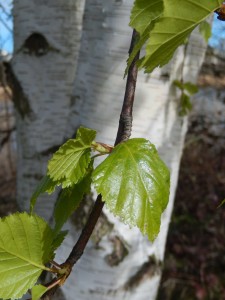
Yesterday, round at Wraysbury Lakes, the same set of three warblers sang, but more elusively. The most delightful surprise was a Treecreeper, not only creeping up the willow branches, but singing its sweetly plaintive little song. This used to be rendered, rather tweely, as “Tree, tree, tree, once more I come to thee”, which does capture the length and rhythm of the song. It is not unlike the Chaffinch’s song, if you know that, but without the twiddly “tissy-cheeooo” ending, and not so firm and harsh. One of the Blackcaps, in the thorn-scrub area, had a fine mimetic song. Out on Horse Hill, the first two Swallows of the year flitted overhead, a solitary Kestrel beat its way against the wind, and half a dozen Jackdaws played and chased in the air, for all the world like a gang of naughty schoolboys.

